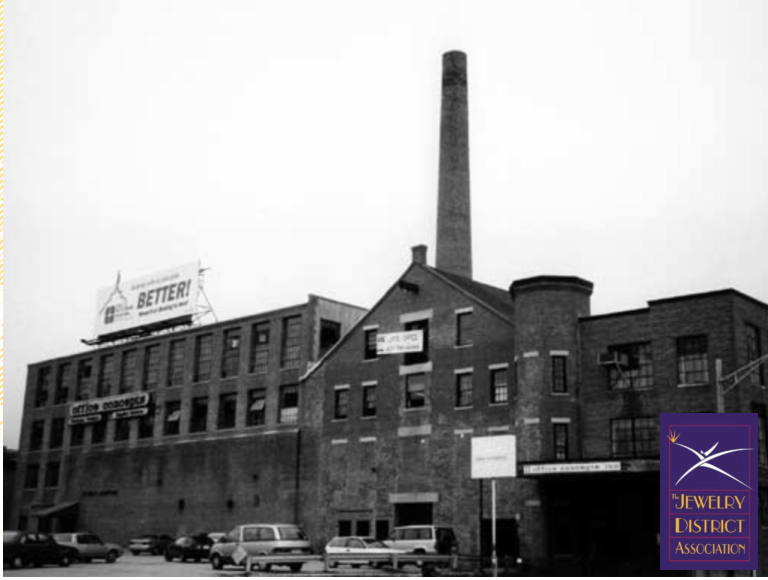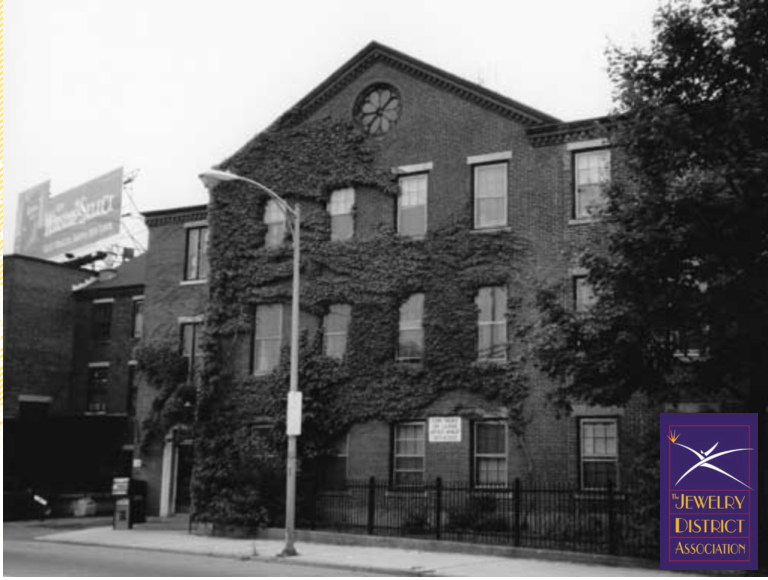Providence Machine Company
564 Eddy Street, Providence, RI


Discussion
You must be logged in to comment.
Built In
--
History
The Providence Machine Company was another early (2001) example of the Providence real-estate boom, but it was for a different reason. A developer didn’t want to make it into condos or erect a new residential tower in its footprint. No, unfortunately, the building was in the way of the I-195 relocation project. It stood in the way of new on-ramps and off-ramps, and so the state purchased the property in 2000 and by 2001 it was gone. Notably, many tenants were displaced and if Thurston Saw taught us anything, much of the machinery, doors, and woodwork that existed were taken down with the building instead of being salvaged. M. Bertram Forman and a business partner bought One Allens Ave in 1962, after it had been vacant for eight years. Forman built a new roof, installed new burners for a heating system and rewired the electricity. He put in fire alarms, three elevators and dozens of partitions. His building became home to 45 tenants, from photography studios and an art-framing store to a children’s acting workshop and a bar. The red-brick monolith survived the Hurricane of 1938. As water gushed down the streets outside, Forman said, the building’s only hiccup was a small sewage backup in the lower cellar. It has never fared well against highways. When the state built the Allens Avenue on-ramp to Route 95 many years ago, workers had to raze the rear of the building. The new Route 195 finished off the rest. Forman had been feeling it coming for some time. Rumors about the new highway had kept rents lower than he would have liked for about seven years. The Providence Machine Company was originally part of the Providence Steam Cotton Manufacturing Company, controlled by Samuel Slater and Sons. Thomas J Hill, the one-time laborer at the Old Slater Mill and later partner of Samuel Slater, became the sole owner in 1846. He had new buildings constructed for the site. The shop manufactured all kinds of cotton and woolen machinery. In particular, they manufactured English fly frames and American riving frames for weaving. The 2-acre complex included two main buildings, a foundry, a pattern shop, several storehouses, and an office. Source - RIHPHC’s 1981 Providence Industrial Sites report